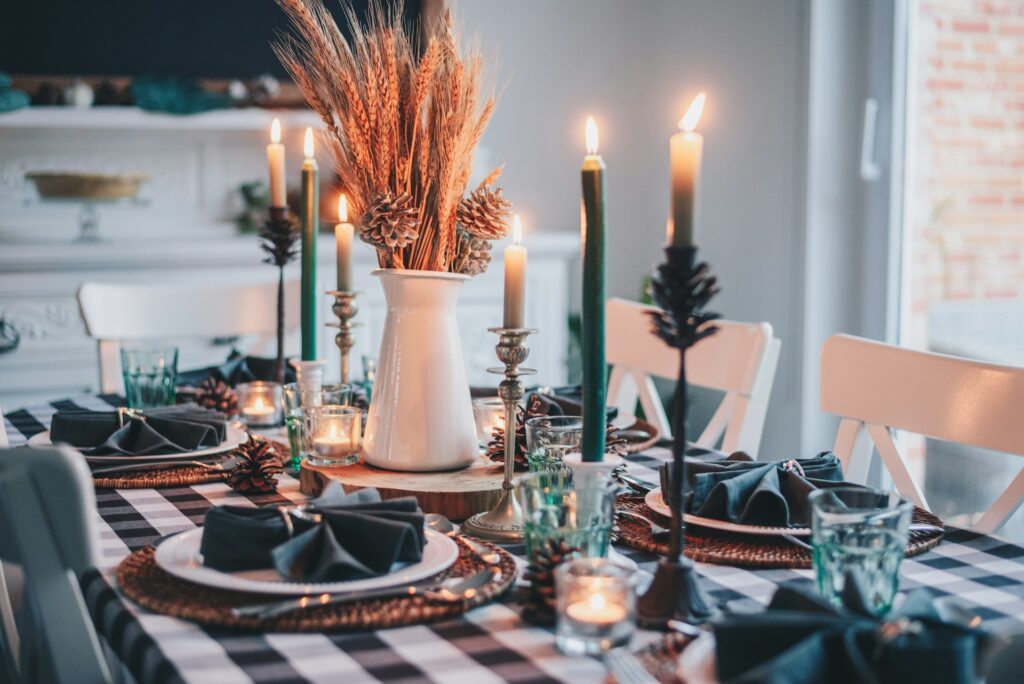
We are reader-supported. When you buy through links on our site, we may earn an affiliate commission.
Front doors are a unique part of most homes because they’re a lot more versatile than the rest of the exterior. It’s normal to paint them bright or fun colors even though most people wouldn’t do the same with their siding or trim. It may seem like front door colors are a minor aspect compared to the rest of the house, but they can significantly impact resale value and people’s perception of the property.
Does Your Front Door Color Matter?
Your front door is the first thing people see when they come to your house and it’s visible to everyone passing by. It might seem equal to the siding or trim, but it’s more important because everyone visiting will get up close and interact with it before entering your home.
Its color holds meaning and inspires emotion. A good shade can add curb appeal, look pleasant and possibly even increase your home’s value, so it’s essential to give the color a lot of consideration before you make a decision.
Do Colors Have Different Meanings?
Every color has a different meaning and causes people to respond in various ways. Some can even cause physiological reactions like eyestrain or increased blood pressure. For example, brighter shades may hurt to look at during the day. Your front door’s color can cause your neighbors or potential buyers to view your home in a specific way.
Different styles of color may also influence their perception:
- Bold: Bright colors act as a statement piece and can draw the eye and make the front door the focus of the exterior. They’re a good choice if the rest of the home is relatively colorless or if the architecture is modern.
- Neutral: Neutral shades can appeal to potential buyers because they’re mild. They’re also versatile because they fit in with most other color choices.
- Light: Pale colors are soft and easy on the eyes. While they won’t draw attention to the entrance, they’re still inviting.
- Dark: Dark colors are gaining popularity because they grab attention but can mix well with most color schemes. They work well with modern or classic architecture.
The hue, saturation, shade and tint of color all have different impacts. While a pale yellow is calming, a bright version may inspire more powerful feelings because it’s bold and modern. You could pick any color from the rainbow for your door, but it helps to consider every aspect of it before you paint.
The time of day and amount of natural light affect a color’s appearance. Color swatches may look one way in the store and another on the door because artificial lighting is often cooler and harsher than sunlight. While the difference is usually minor, a different hue, shade and tint may change how people perceive the color.
How Does Color Affect the Resale Value?
While the value of a home depends on many things, the color of your door has a surprisingly large impact. For example, a home’s overall price increases by $6,721 just because of a black front door. A simple change can help you boost your asking price if you plan on selling.
While you can increase your home’s resale value with certain colors, it’s also possible to lose value if you choose the wrong one. For example, a 2022 Zillow survey found potential buyers offered $6,516 less if the front door was pale pink. That being said, it will vary depending on your location and architecture.
While a dull pink door might only engage a few people in the suburbs, it may inspire a better reaction in a neighborhood with an unconventional style. People may not like particular colors in one area, but that doesn’t mean that’s how everyone feels. Surveys help inform your decision because they show how color has affected resale value in the past, but it is more complex than that because you have to factor in location, style and neighboring properties.
Should You Change Your Front Door Color?
It’s fun to change up your front door colors, especially when it can add value and curb appeal to your home. Although the right color can be beneficial, it’s up to you if you want to change it. Trends constantly evolve, so you can have a front door in whatever color you want without thinking too much about how it’ll affect the resale value.
If you decide you want to repaint, look up your neighborhood regulations before you begin because they may limit your options. For instance, a Homeowners’ Association can dictate which colors you’re allowed to use if you live in one. They’ll typically allow a few pre-selected options.
Even if you can choose whatever you’d like, you still might benefit from taking inspiration from your neighbors. You can be different from them to stand out or match them to blend in. Since the appeal of color somewhat relies on architecture and style, it can help to see what others are doing.
Tips for Picking the Best Front Door Color
It’s a good idea to look at your home’s style before committing to a color because you might find inspiration. People associate brighter shades with modernity and neutral shades with suburban homes, although particular architecture carries its own influence. For example, the exterior of a ranch-style house is relatively colorless, so a pop of color on the front door is inviting. Consider the other colors present on the exterior to determine what compliments them best.
Even if you’re painting your door to add resale value, it’s worth it to listen to your intuition and choose what looks good rather than what is trending. For instance, while pink wasn’t popular in 2022, the color trends of 2023 have it listed four times out of the top twelve. A lot goes into choosing a color, but remember you can still pick whatever color you want because it’s pretty easy to repaint if you want a change.
Front Door Colors Matter
While it might seem minor, the color of your front door can change people’s perception of your home because it’s the first thing they see. Beyond that, it can affect their mood, change your home’s value and cause physiological reactions. A door is just one part of your home, but it can have a big impact.







